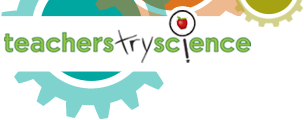When most students hear the word map, they think of a map that provides location or geographical features. In fact, maps can come in different formats and can serve many different functions. Be sure to familiarize yourself with the Mapping module of the THINK app prior to implementing this lesson. You will want to identify Mapping examples related to the spread of disease as well as types of maps, such as the examples under Maps Show Hierarchy, that students may not have considered in the context of mapping.
It is important to note that while this lesson contains prompts to help scaffold information, the lesson is designed to be student-directed. Be careful to use the prompts in a way that provides support while still allowing for student-centered learning.
This unit works best when students are encouraged to collect data on a school-wide basis and then allowed to use the data they collect and map to effect real change in the school. With this in mind, you should inform your colleagues and administrators that students will be collecting information outside of the classroom.
It is up to you how many class periods you devote to collection. You can also split the collection over time, so that students gather information at the beginning or end of class over a period of weeks.

